Heritage often tells us interesting stories, not only from the past, but also from the present.
Along with their role in historical events, heritage sites have an effect on the local populace and their day-to-day lives. Future articles will attempt to revive an interest in heritage and bring it closer to readers. To start it all off, let’s talk about Ugljan's Saint Michael.
If you happen find yourself on the Zadar waterfront (famous for its Sea Organ) during a clear day, your eyes might catch a glimpse of some hills off in the distance, on the island of Ugljan. Upon one of these hills, you’ll find the fortress of St. Michael. After a short ferry trip from the Zadar, you’ll spend some two hours hiking along the road, asphalted for most of the way. Following the path across the valley, surrounded by olives and dry stone walls, you will eventually arrive at the fortress.
Step by step, we’re getting closer to the fortress.
Views such as these of the Zadar archipelago, hinterland and the mountain Velebit are a reward in and of themselves after the hiking trip. Make sure to go on clear day to actually catch these views yourself.
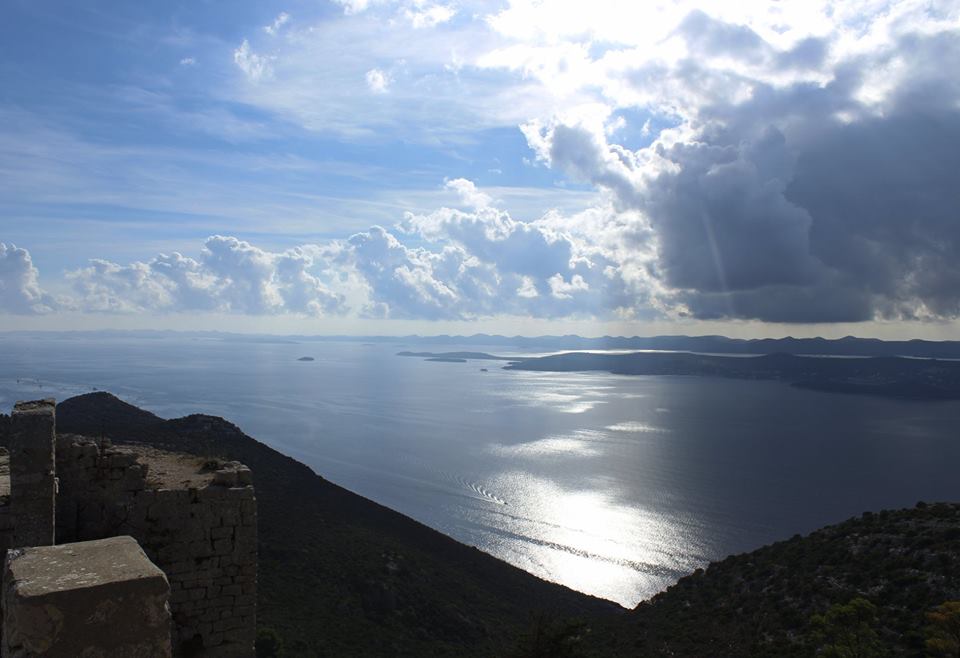

Then again, the buzzing from the radio antenna right behind you, in the fort, is almost enough to spoil these idyllic scenes...

The antenna has been here for 27 years. At long last, the local government has decided to move it to a neighboring hill. If everything goes according to plan, the antenna should be removed by the end of next year. The fortress of St. Michael dates back to 6th century A.D., when it most likely served the role of an observation post. During this same period, Byzantine Emperor Justinian the Great had been making attempts to revive the western half of the once mighty Roman Empire.
With its strategic position at an altitude of 265 meters above sea level, it’s possible that the fort was used by the Byzantine Empire to monitor and control the surrounding sea routes.

The exact year or timeframe in which the fortress was built is still unknown. There are, however, traces and evidence of the Order of Saint Benedict being situated on this hill in the 11th century. The first records and mentions of the fortress date back to 1345, when it was besieged and conquered by the Venetians. In the following years, Venice had plans to destroy the fortress – they did not want the fortress to fall back under Zadar’s control should they ever need to retreat from it.

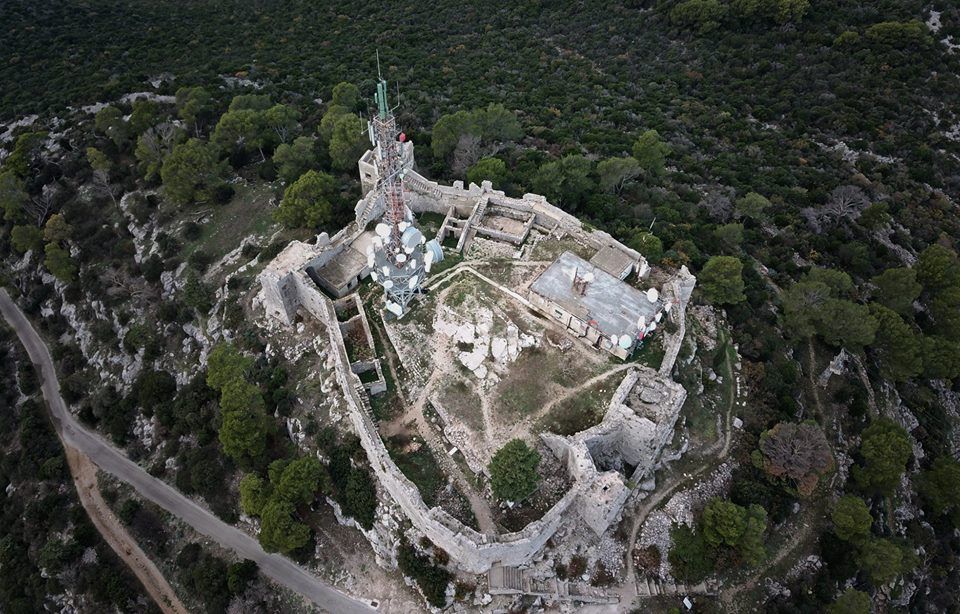
Layout and drone photo (Luka Bogdanić)
However, with the Treaty of Zadar in 1358, which was arranged between Venice and Louis I. of Hungary, the Venetians surrendered and retreated from their all of their Dalmatian territories. The fortress of St. Michael was now once again in the hands of Zadar.
The constant looming threat from Venice made Zadar officials invest a lot of funds, manpower, and effort in repairs and additional construction for defense and soldiers. There is a lot of textual evidence about the exact construction work and some of it is attested on site.
History is anything but boring and predictable in these parts, though. All the repairs and construction ended up being in vain because of Ladislaus of Naples. He decided to sell Dalmatia to Venice in 1409. Without any actual fighting to speak of, the fortress had once again fallen under Venice’s influence. Not to mention in much better shape than it had been in 60-70 years prior.
In the following years, it was used as a scouting post without proper maintenance. How it looked like is very well depicted on the painting below, made by pilgrim Conrad Grunenberg (1486).

The Fortress of St. Michael is in the foreground, while behind it you can see medieval Zadar.
Later on, during the Austro-Hungarian Empire and Kingdom of Yugoslavia, the fortress maintained its status as a scouting post. It wasn't repaired or properly maintained.
Later yet, the fortress played another role in history – in World War Two. In 1944, the fortress was still being used as an observation post. On August 29th and September 10th, Saint Michael was bombarded by the South African Air Force (16th Squadron). Planes started their flight from Biferno in Italy. As they flew over Saint Michael, high resolution cameras documented the damage they had made. Thanks to Tinus la Roux – a South African enthusiast collecting documents and memories of WW2 veterans – we now have records of these very moments of the fortress being bombarded.
The church in the middle was destroyed, and one of the main towers was severely damaged.

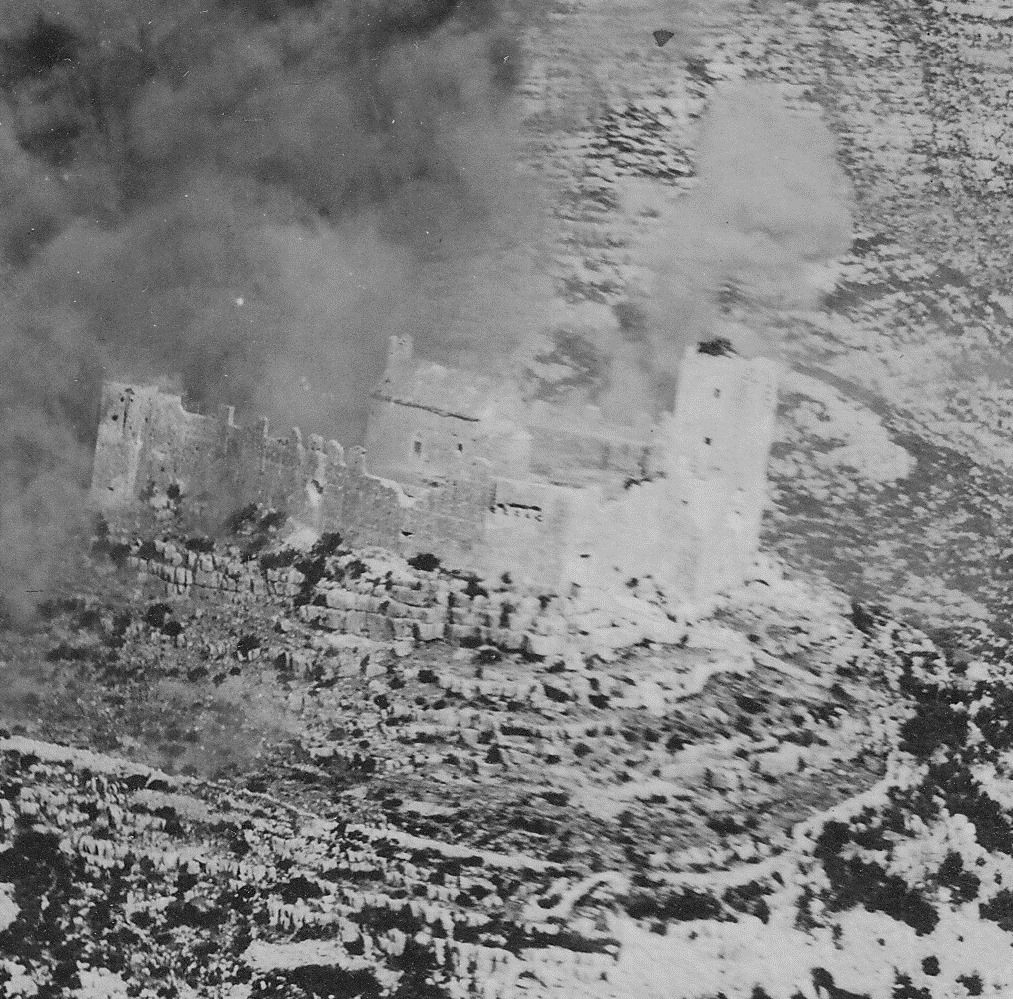
Notice the church, still intact at this point, in the middle of the fortress.
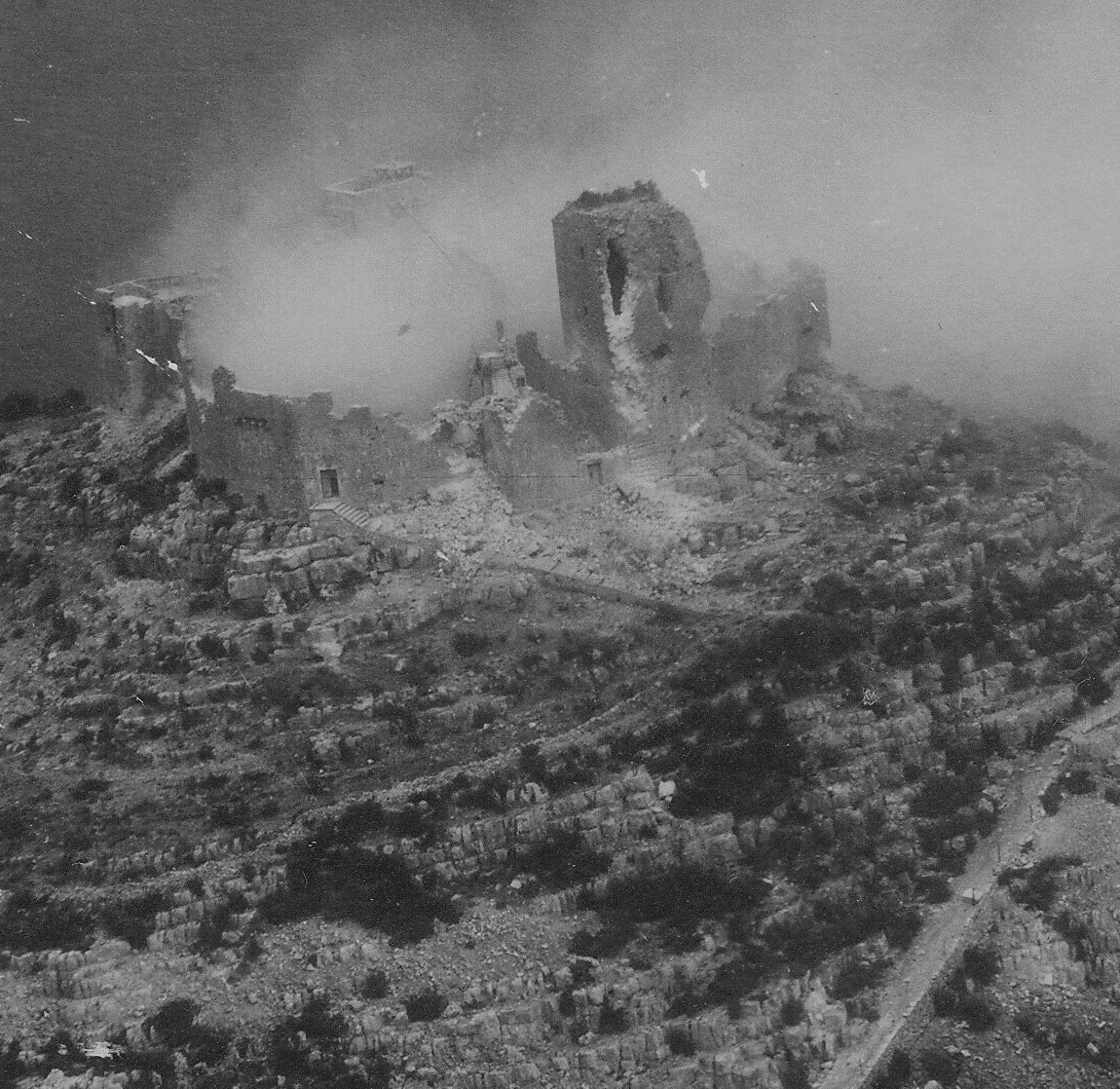
For more photos and documents of the bombardment, click here.
Nowadays, the fortress is still in bad shape. There is no trace of the church, the towers and the walls weep for reconstruction, and recent construction work doesn't paint any brighter of a picture.
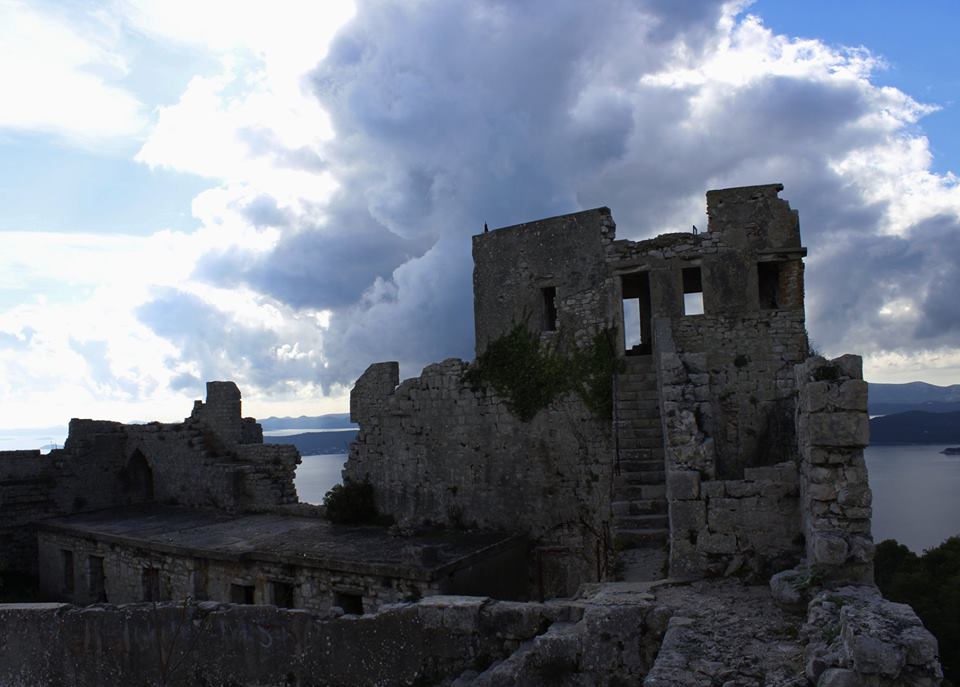


Drone photo by Luka Bogdanić
There are plans and visions for the fort’s future, according to the Tourism Municipal Board of Preko. Some picture the fortress of Saint Michael becoming interpretative center called “The Castle of Island Stories (Dvorac otočnih priča)” – telling the stories of all nearby islands with an actual overlook holds a lot of potential. Some additional objects, like an open-air amphitheater, a souvenir shop, and others, would also be a part of this center.
For now, this is still nothing more than a nascent idea. Archaeological excavations and conservation work will take place before anything else. We never know what the ground is hiding, after all, so we might find out something new about this place.
In the meantime, it will remain a favourite place for a quick escape from the bustling city.

Drone photo by Luka Bogdanić
If you’d like to see more photos, or behind the scenes/research moments of Croatia's wealth of heritage, feel free to follow us on our Instagram account, Culture Donkey.
Make sure to follow our lifestyle page for more information on Croatian history, heritage, and significant monuments, fortresses, and much more.




